ALEKS CVETKOVIC
Meet journalist and content strategist Aleks Cvetkovic
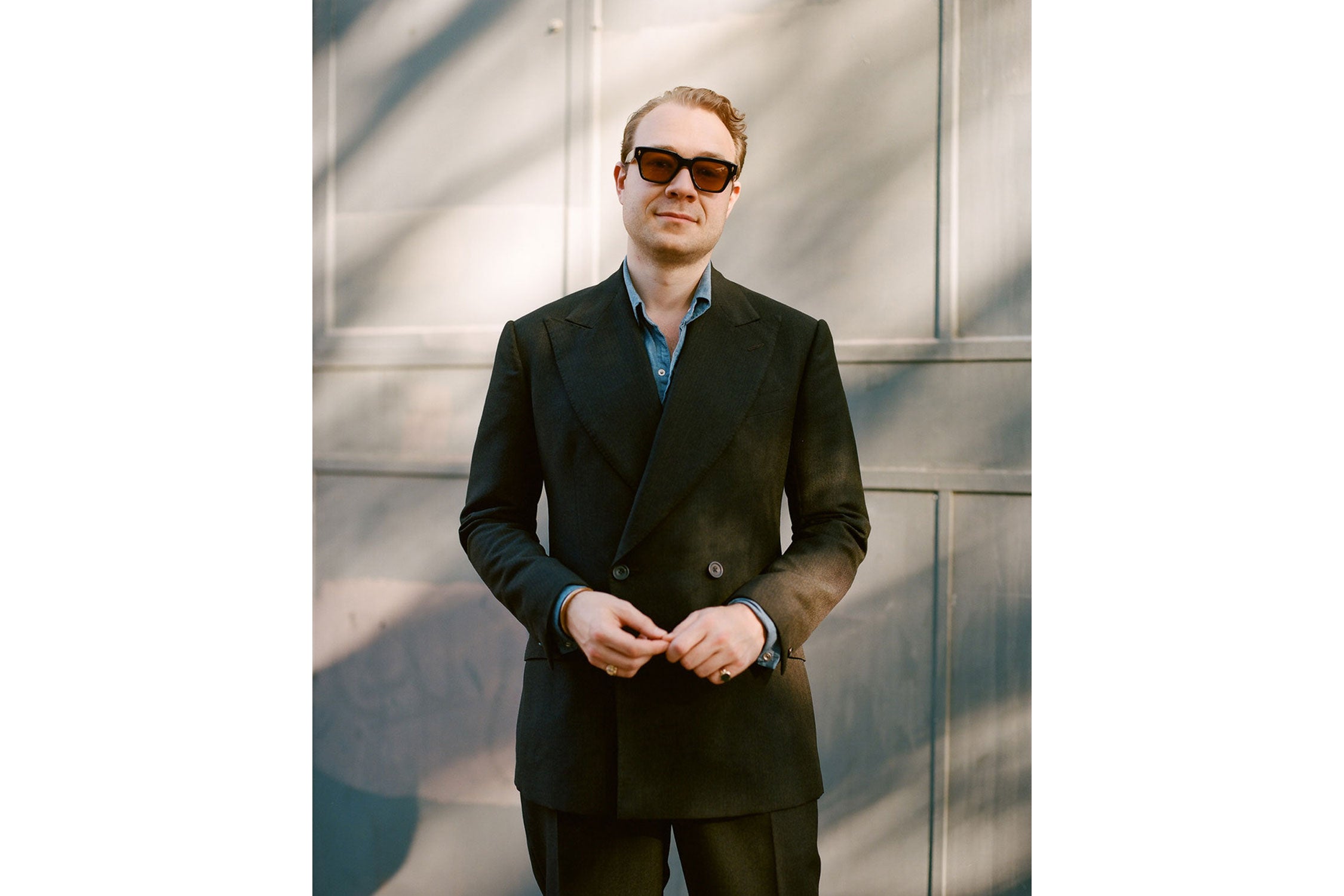
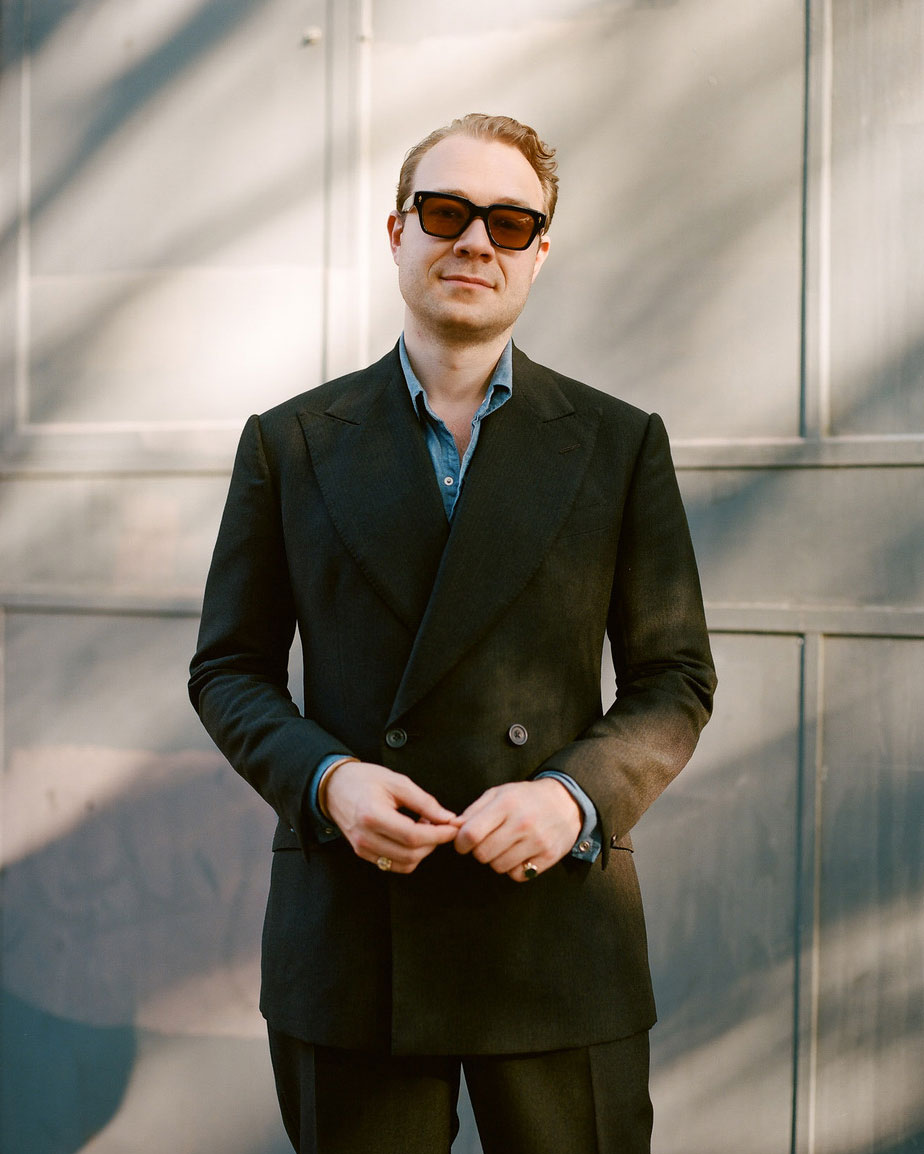
A journalist by trade, Aleks Cvetkovic writes about men's luxury fashion for a number of international publications. He's also a content strategist. We speak to Aleks about what he sees as the future of pre-owned menswear; where he finds inspiration for his writing; and what a typical day as a freelance journalist and founder of a consultancy business looks like.
You’ve been writing for luxury brands for several years. What is it that keeps you inspired and creative when it comes to telling stories about menswear?
People inspire me. Whether that’s an obsessive craftsperson or a disruptive designer, I tend to find the stories that get me fired up the most are about people rather than products – about motivation and passion for a métier. I’m also interested in the relationship between aesthetics and culture. I’m fascinated by questions like how and why trends form, why we value certain clothes or interiors’ pieces, or why one designer’s work speaks to us more than another, for example.
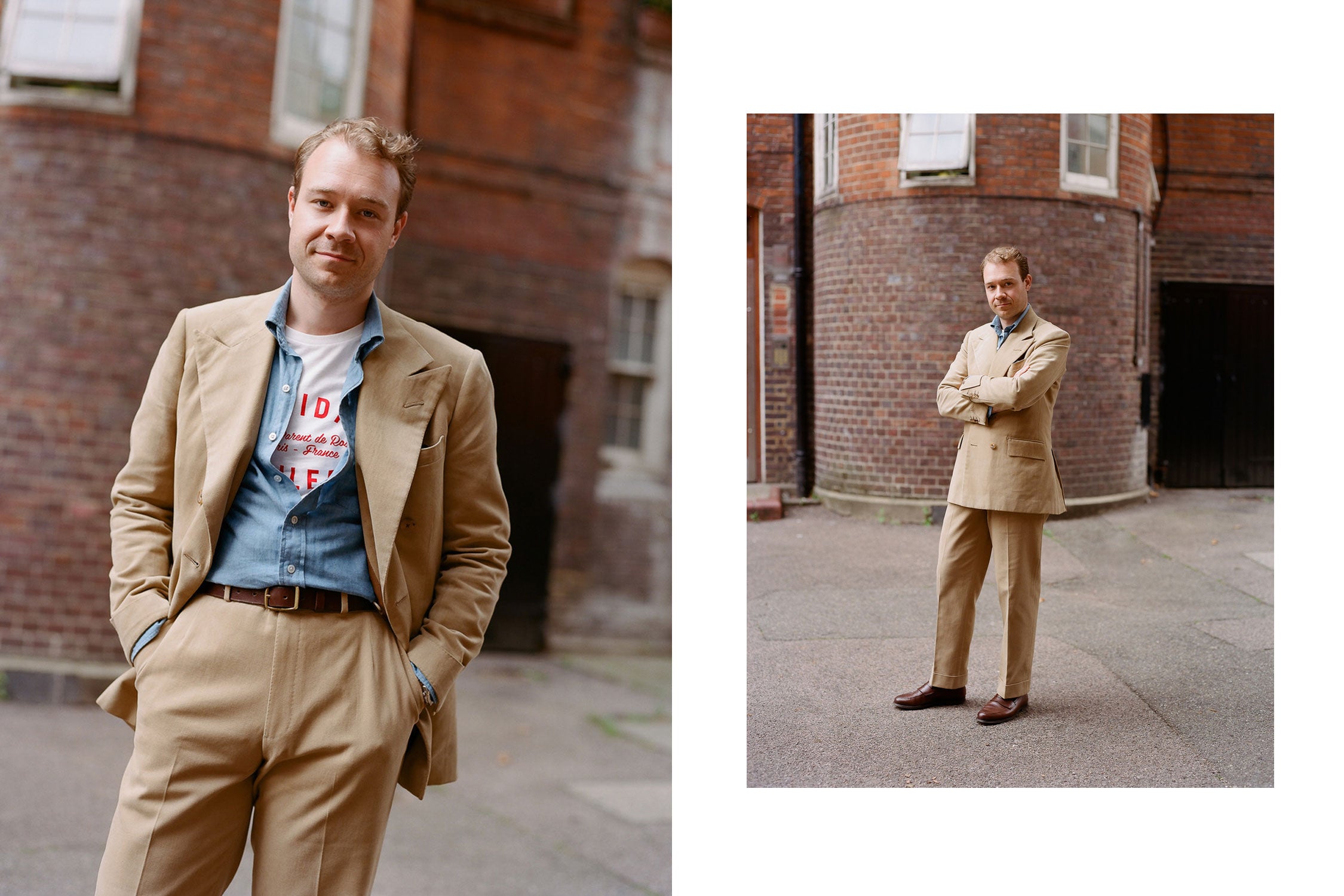
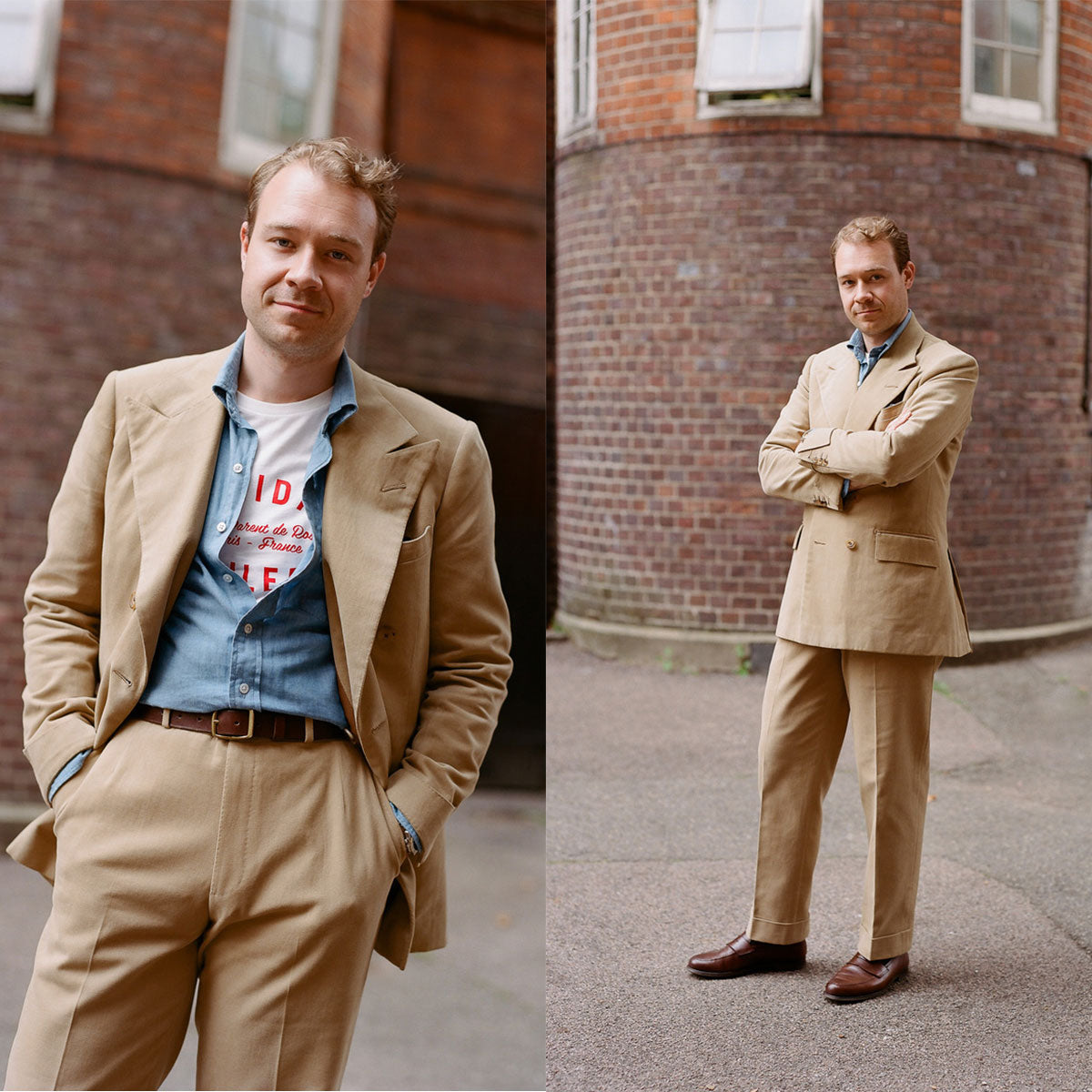
You write for publications such as the Financial Times and Moncole, but you also run your own consultancy business – Standfirst Creative Strategy. Can you tell us a bit more?
My background is journalism. I worked as an editor in men’s lifestyle magazines for the first six years of my career, before I made the decision to launch my own business in February 2019. These days, I run a strategic consultancy and work as a creative strategist. In layman’s terms, I help brands to tell engaging stories. I work with my clients to define their brand purpose, pillars and tone-of-voice, and ensure they create campaigns that will resonate with the intended audience; speaking to consumers’ wants, needs, thoughts and pain-points. Some strategists are very data-driven but I prefer an intuitive approach. I spend a lot of time swotting up on how consumers’ are thinking or feeling, what trends or collective thoughts are bleeding through from social media or pop culture, what the latest research can tell us about consumer behaviours or thought-processes.
I keep my hand in journalism by writing on men’s style, design and luxury for a number of different magazines and newspapers. The joy of freelancing is that I only write the stories I successfully pitch. When I was in-house, I had to churn through several unremarkable stories each day to feed the need all magazines have for web traffic and click-bait. These days, I get to pick and choose what to write and when, and really craft stories that I’m proud of – which is great.
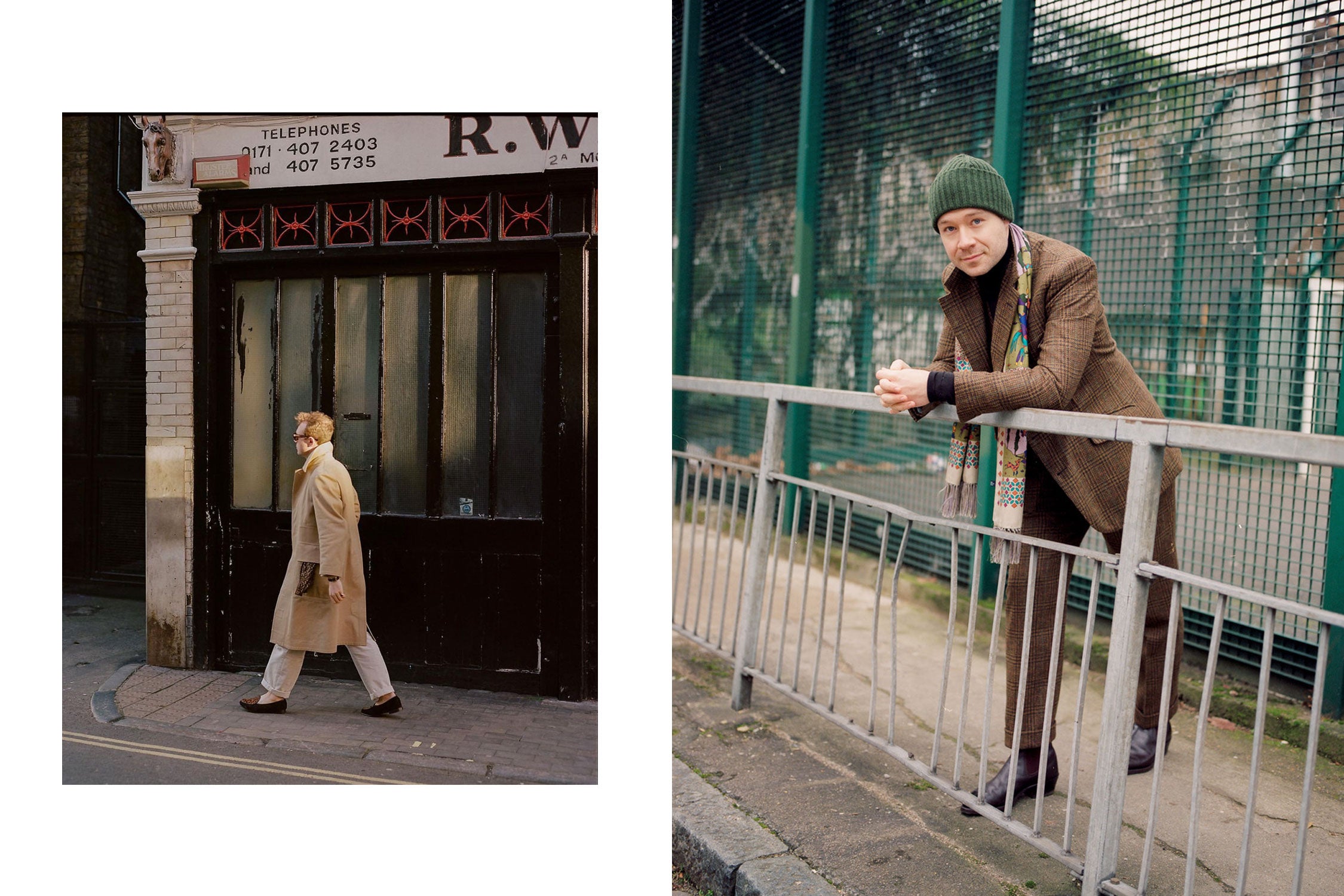
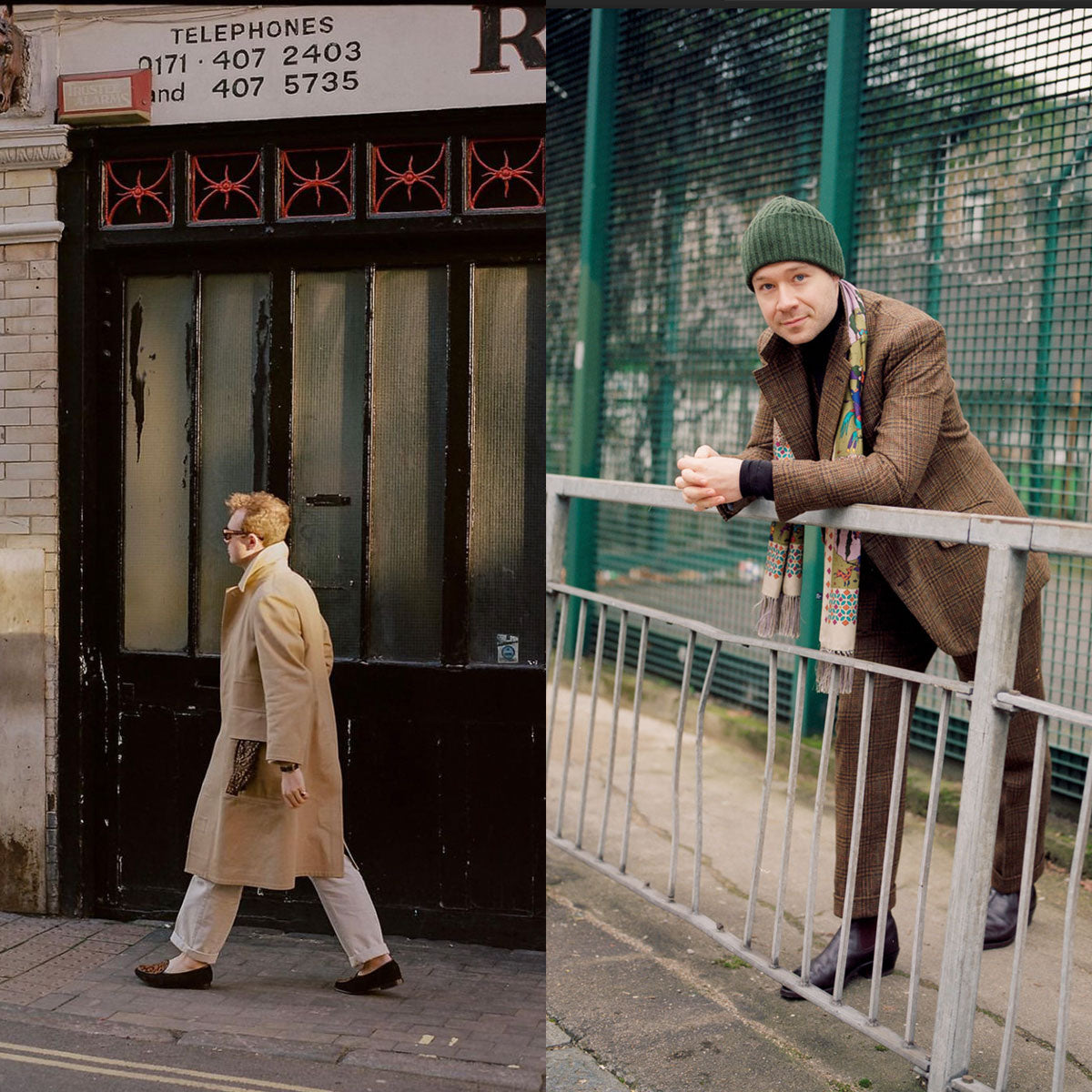
You also host your own podcast ‘Handcut Radio’ which celebrates the people, brands and ideas that shape men’s style. How did that come about and which are some of your favourite interviews so far?
Well, as it happens, we’ve just wrapped up the podcast for good. It’s been a great three years, but we felt at the close of season six that we’ve achieved what we set out to achieve with HandCut Radio. It was the perfect project when I went freelance, but it’s run its course now. There are some interviews I’m very proud of in the mix. The conversation with Gauthier Borsarello in Season Two was inspiring, as were the episodes with Ethan Newton and Nicolas Gabard in Season Three, and Benjamin Glyn-Phillips in Season One. Jason Joules in Season Six is worth a listen too. The best conversations we’ve had have been about much more than just clothes, but about the cultural viewpoints and value systems of stylish men. I’d like my next project to explore this in more detail. Watch this space.
You recently contributed to a feature on morning dress for Simon Crompton of Permanent Style – a friend and regular MARRKT seller. What was the intention behind it?
It’s a dress code that neither Simon or myself have had the opportunity to explore before, and it feels like a timely moment to do that. Morning dress is experiencing a major resurgence this year. More grooms are opting for morning suits than they have in recent years, which makes sense, given we’re all enjoying dressing up again post-lockdowns. It’s one of the most esoteric formal dress codes still in use today, and both Simon and myself felt that it would be valuable to offer a ‘definitive’ guide; a thorough one-stop resource for guys who are thinking about experimenting with the dress code for the first time.
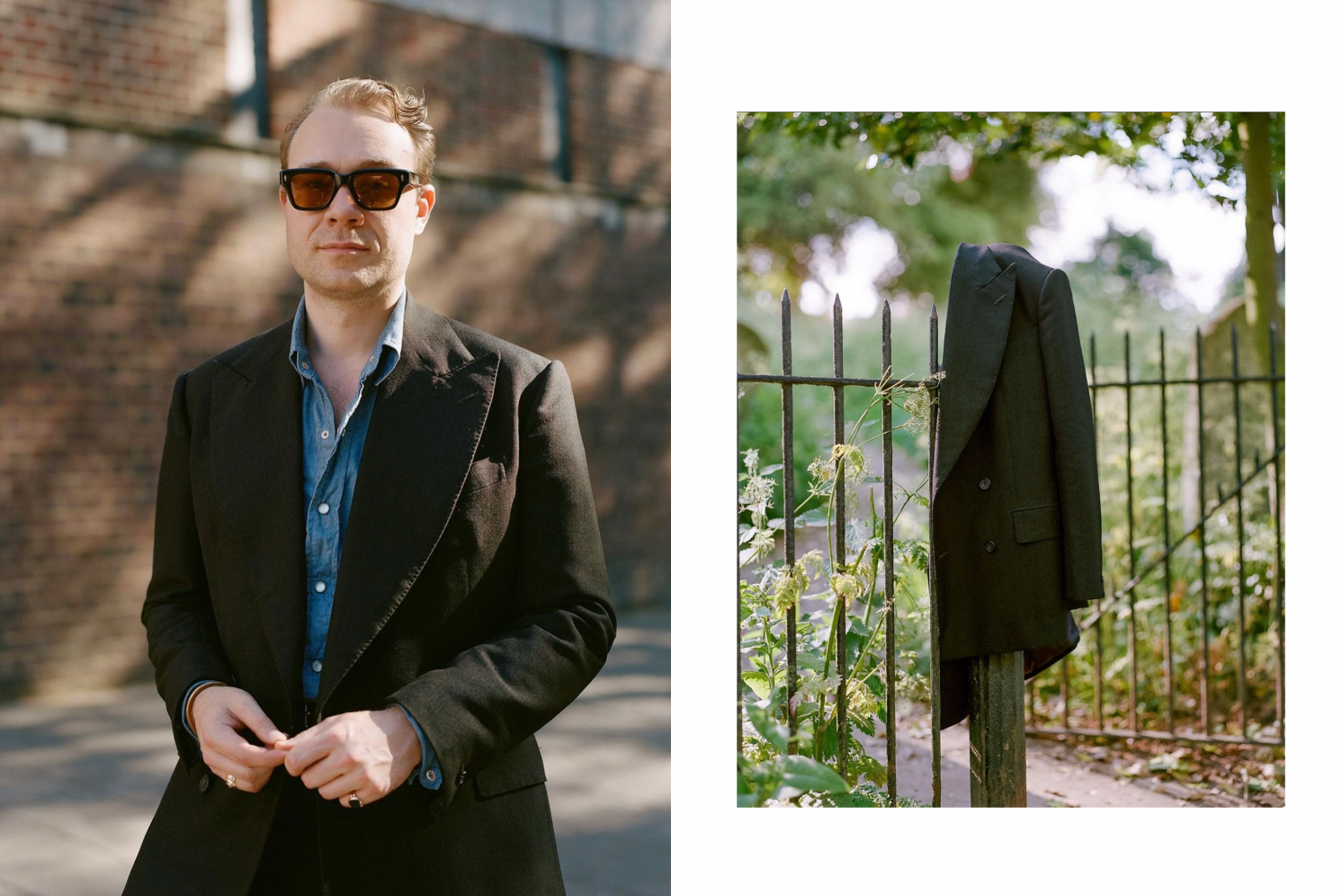
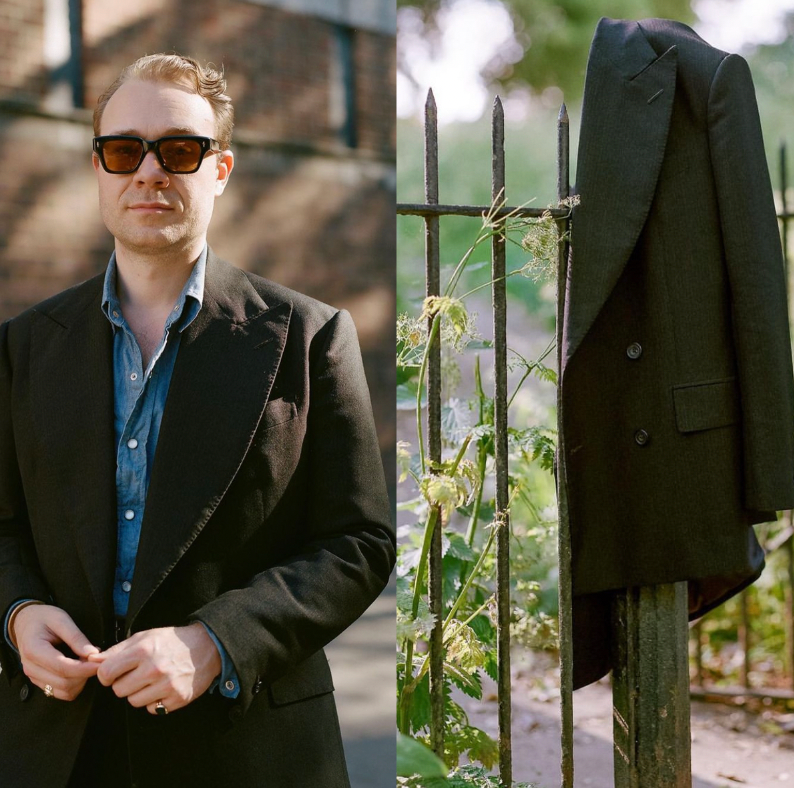
On a personal level, what brands and items of clothing do you gravitate towards?
That’s a good question. This changes quite often, as my thinking around style or fashion evolves. Right now, I’m all about editing down and focusing in. Brands that combine a very high level of craft with contemporary design that’s quite modular are doing it for me right now. So, Stòffa, Saman Amel and The Row are all on my radar. I like their restrained use of colour, their simplicity and their focus.
We’d be interested to know (with your journalistic background and as an industry insider) how pre-owned menswear is perceived within journalism. There’s no doubt pre-owned clothing is growing, but do you think it’s here to stay?
I’m sure it is, although we have a very long way to go. It’s easy to think that vintage is hitting the mainstream when you consider yourself to be a “menswear guy” and you’re in this bubble. But, when you take a step back you remember that the fashion machine, particularly fast fashion, is still churning out millions of units of unnecessary, throwaway clothes each year. Consumers need to change their priorities and brands need to revisit their responsibility to consumers and to the planet. Sometimes I think we’re making progress together, other days I find the fashion system thoroughly depressing. Thankfully, sites like Marrkt do make a difference. It’s great to be able to give clothes a new life, with buyers who’ll value them.
Take a look at Alek's selection of pre-owned pieces from the likes of Drake's, Bryceland's and Edward Sexton.


